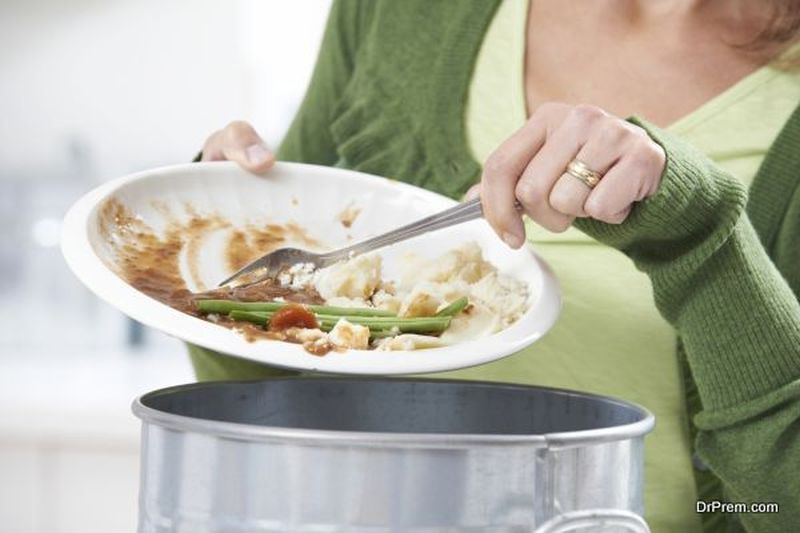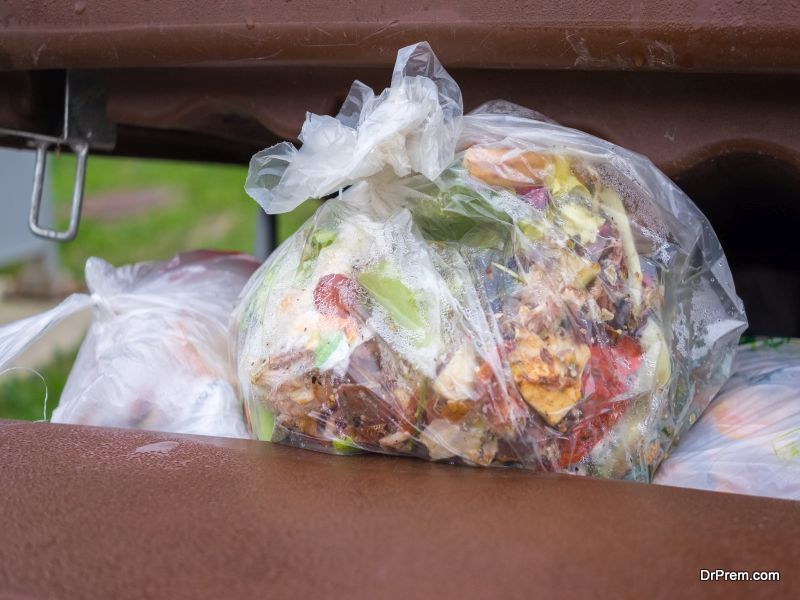Around 40% of all U.S. food is wasted instead of consumed, and an average of 20% of garbage landfill is comprised out of wasted food alone. In fact, landfills mostly consist of throwaway food, and the methane (greenhouse) gases created by this garbage thus become a major environmental concern.
Thus, while recycling plastics, metals, and paper and finding creative ways to reuse products that would otherwise fill the trash bin are important for “greening up” your garbage; food waste management is just as critical.
There are many effective strategies to managing and reducing food waste, including source reduction, incineration, use as animal feed, utilization for liquid fertilizers or biofuels, and donating to food banks.
But here, we want to present the pros and cons of two specific food waste management solutions: aerobic versus anaerobic digestion.
Aerobic Digestion
Aerobic digestion is the decomposition (or “composting”) of organic matter in the presence of air and oxygen. This natural process produces mineral-rich compost soil for farm, orchard and garden use.
Aerobic digestion requires very little capital upfront even when it comes to setting up a full-scale compost facility, and only a moderate level of training is needed to ensure that the staff understands how to compost food waste efficiently.
The resulting compost can be spread as solid-state fertilizer on agricultural land without any fear of polluting the environment (like untreated organic waste potentially can).
However, the main drawback of aerobic digestion is the need to spend considerable energy (mechanic or human) in turning and aerating compost heaps.
Anaerobic Digestion
Anaerobic digestion is simply the opposite of aerobic, meaning that food and organic waste is processed without exposure to oxygen or air. Both wastewater treatment facilities and large-scale commercial farms often invest in this type of food waste management. It is more expensive (upfront at least) than aerobic digestion since you must purchase costly tanks and processing containers.
If you outsource to a professional food waste management company, however, and are dealing with a large quantity of food waste, anaerobic digestion can be very economical.
Anaerobic digestion has most of the same benefits as aerobic digestion, including odor reduction (over unprocessed organic waste) when temperature, moisture level, and other factors are properly controlled and monitored.
The main difference is that anaerobic processes result in liquid and fiber fertilizers instead of a single solid-state fertilizer. But this does not at all diminish the effectiveness of the final product. And additionally, anaerobic digestion creates biogases that can be captured and used as a renewable energy.
Conclusion
Food waste levels in the U.S. are much higher than in most other countries and are a major environmental problem. Businesses that invest in greener food waste management strategies are benefiting the natural environment, reducing the size and number of landfills, and often, saving money in the process.
Getting serious about reducing food waste to begin with and utilizing wasted organic matter in the greenest way possible is a “win-win” for all concerned. Both aerobic and anaerobic digestion are viable food waste management solutions, but each has its own set of advantages and disadvantages that makes it preferable for particular situations.
Article Submitted By Community Writer




